It’s so-dium easy!
By Aiden Jewelle Gonzales
Because of the looming spectre of diabetes and heart disease, it’s all too easy to fall into the habit of cutting down on our sugar intake instead of watching the other silent killer: excess sodium. In fact, savoury snacks are often seen as ‘healthier,’ or are far more addictive and moreish (thanks, MSG – although MSG itself only has 15 percent sodium content).
While healthy amounts of salt and electrolytes are needed for hydration and good muscle function, many studies have linked too much salt consumption with hypertension, chronic kidney disease, and heart disease, all of which have an extremely high incidence in Thailand. It’s therefore no surprise that a survey conducted by the World Health Organization (WHO), in partnership with other organisations, found that on average, the sodium intake in the country is more than twice as much as the amount recommended by the WHO.
Despite these grim statistics, there’s no need to be salty, as we’ve put together a list of low-sodium food swaps that you can make today, including products readily available in Thailand – and this, you won’t have to take with a grain of salt.
BREAD AND PASTRIES : WHOLE GRAINS, MUSHROOMS, OR LETTUCE WRAPS
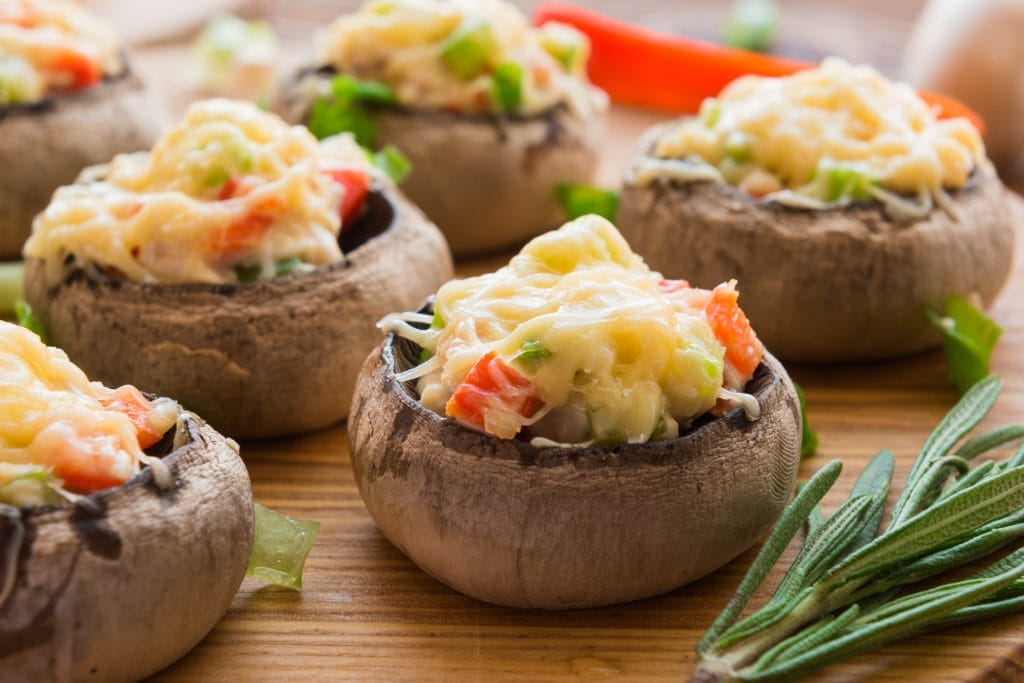
Bread, especially white bread, is considered the highest source of sodium in many people’s diet, because of the high sodium content that makes it so delicious, and because we eat so much of it. Whole-wheat bread is better, but consider low-sodium varieties or even pairing your meal with brown rice, quinoa, or whole-wheat paratha or khakhra instead of naan. Sunshine Market (Facebook:@sunshinemarketplace) is a good source for gluten-free and high-fi bre, no-yeast breads and other healthy grains. Another option is using Portobello mushrooms instead of bread buns for burgers, or lettuce wraps instead of bread for sandwiches.
COLD CUTS AND OTHER CURED MEAT : CHICKEN OR TURKEY BREAST

Cold cuts, cured meats, and deli or luncheon meats often include preservatives and salts that boost their sodium content. And yes, this includes breakfast classics like bacon, ham, and sausages, or ‘lean,’ pre-sliced options. Even plant-based ‘meats’ may have high sodium content, depending on the products: for example, plant-based mince has more sodium, whereas plant-based sausages have less, so always read the labels. Stick to chicken or turkey breast that you’ve cooked yourself, or at the very least, buy meat fresh from a deli instead of pre-sliced in a supermarket.
PIZZAS : HOME-MADE VERSIONS WITH LIGHTER CHEESES AND VEGETABLES
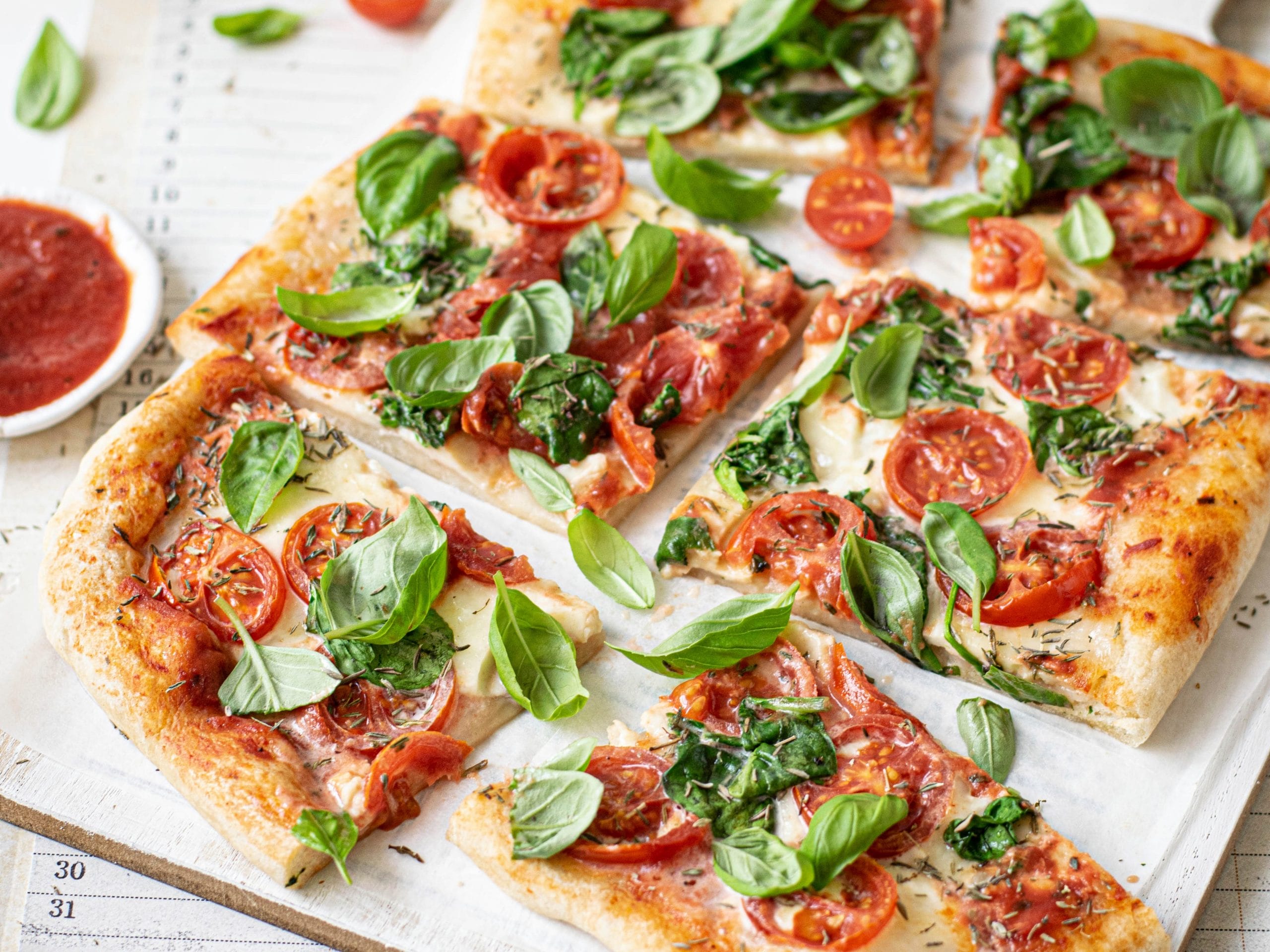
Most pizzas, especially ones with meat like pepperoni or salami, are extremely high in sodium. Opt for whole- wheat or thin crust options, or if you can make your pizza at home, top it with light mozzarella or even goat cheese, which has less sodium. Consider vegetable toppings or even the increasingly-popular Thai chicken pizzas instead of the usual pepperoni.
CANNED OR PROCESSED GOODS : BUYING FRESH, OR MAKING YOUR OWN

Most canned goods also contain high amounts of sodium for preservation, including canned soups (some of
which have up to 940mg of sodium per serving)! Because the Thai government has decided to introduce a tax on salty and processed food, most canned and ‘instant’ food brands will now have low sodium alternatives, so make sure to read the labels. Alternatively, opt for buying fresh vegetables and making your own homemade soup at home.
CHEESES : LOW-SODIUM VARIETIES, GREEK YOGHURT, OR AVOCADOES
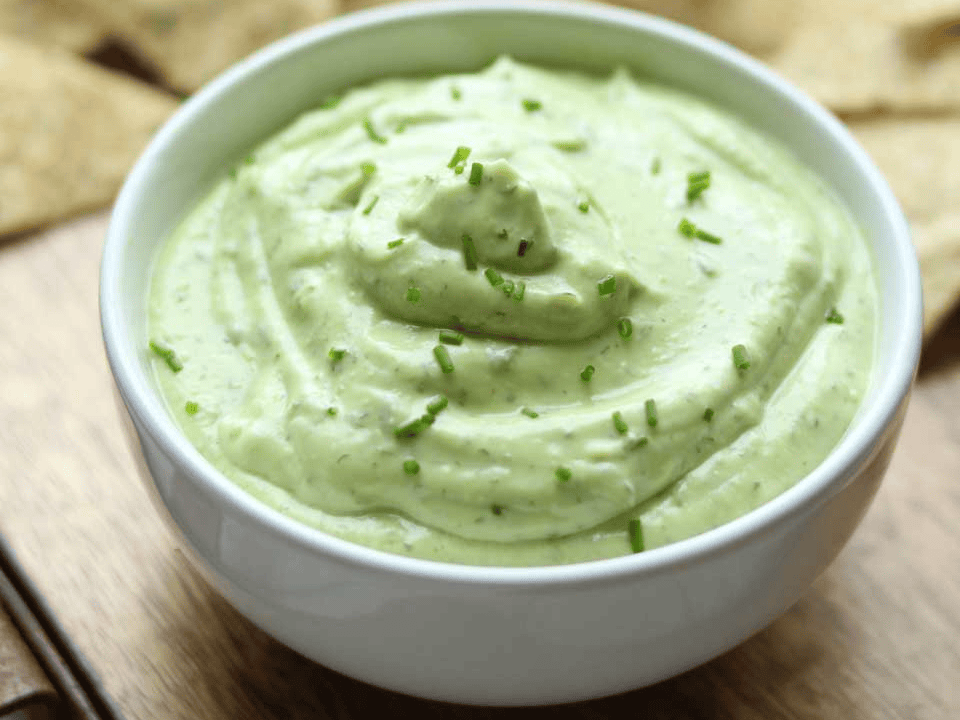
All cheeses may be grate but they’re not all made equal, at least in terms of sodium content. Feta and blue cheese often have the highest sodium content, but regular cheddar is also on the list. Switch to varieties such as goat cheese, Swiss cheese, ricotta, and hard cheeses such as parmesan. Greek yoghurt and avocadoes are also great substitutes for dishes that require creamy cheeses.
BURRITOS AND TACOS : HOMEMADE VERSIONS WITH FRESH INGREDIENTS
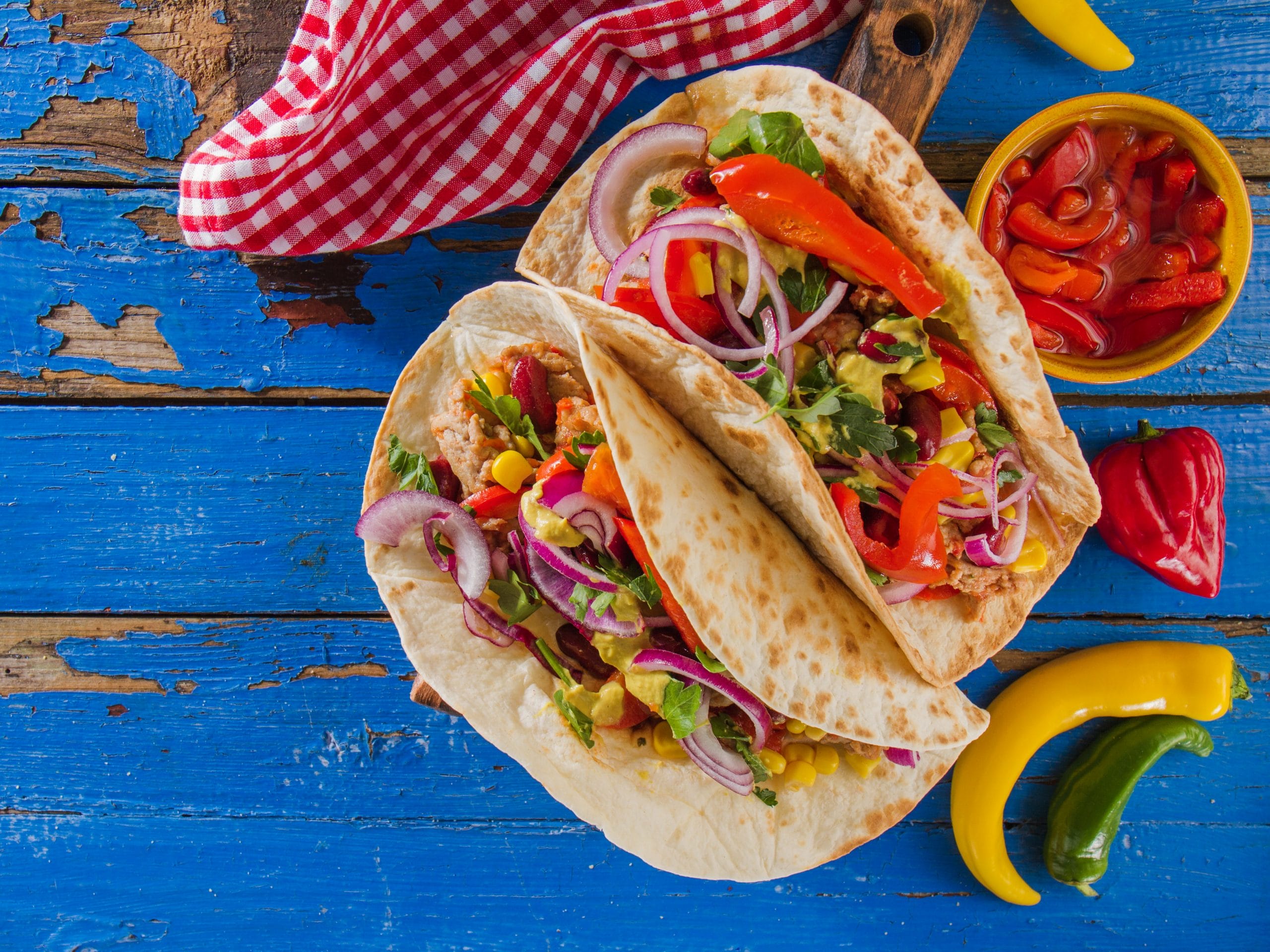
Who doesn’t love a good Mexican meal? However, because most tacos and burritos are usually loaded with cheeses, refried beans, and meat, they’re often very high in sodium. Make sure you use fresh ingredients such as tomatoes, lettuce, and peppers, and try to opt for grilled chicken or white fish fillings.
CONDIMENTS, SAUCES, AND SALAD DRESSINGS : LOW-SODIUM ALTERNATIVES, VEGETABLE STOCK, SHIITAKE MUSHROOMS
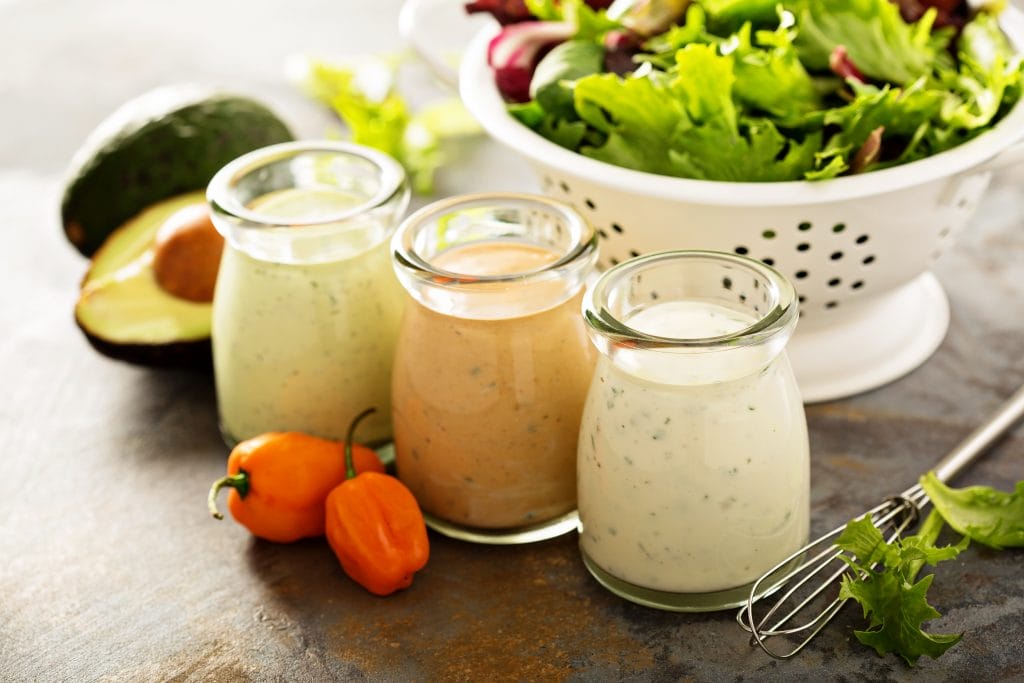
In Thailand, we love our condiments – who doesn’t have a drawer full of nam pla, prik bon and vinegar at their desk to elevate our takeout lunches? However, you’re also loading up your meals with sodium in the
process, so make sure to opt for heart-healthy salt and low-sodium soy sauce. While nothing quite replicates MSG’s addictive properties, homemade vegetable or chicken stock, or even shiitake mushrooms can add the savoury or umami properties that we crave. Also consider making your own sauces and salad dressings at home.
REGULAR BUTTER : UNSALTED BUTTER AND PLANT-BASED BUTTERS
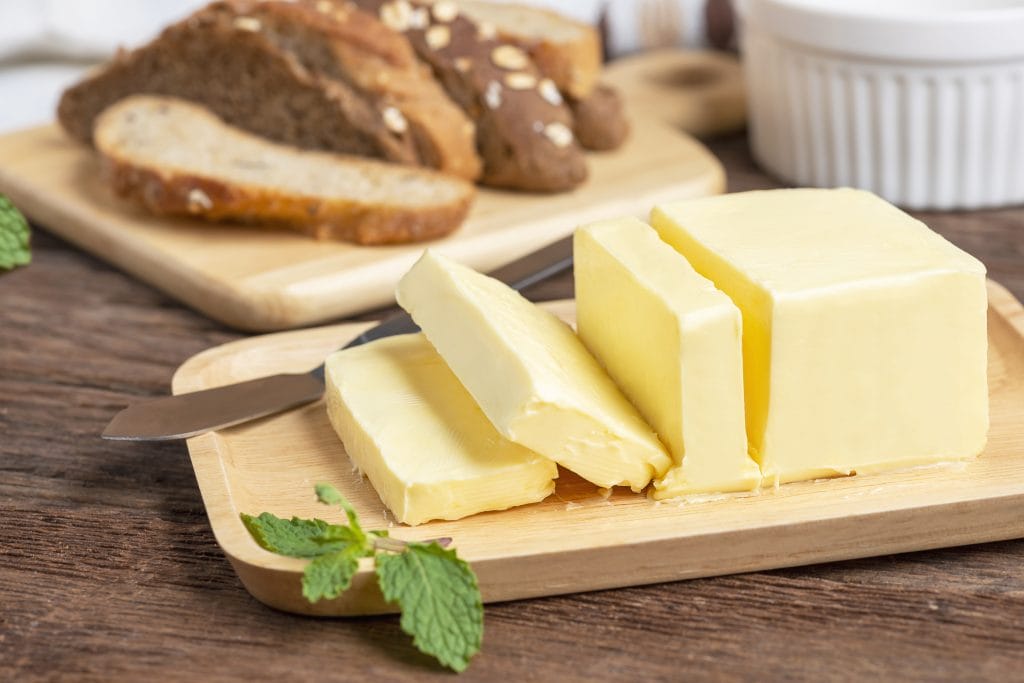
Most butter has a lot of salt and saturated fats, so switch it out with healthier alternatives such as nut-based
butters (almond butter is considered the healthiest in the list while pistachio butter is high in protein) or ones using coconut or sunflower oil.
INSTANT NOODLES : FRESHLY-COOKED NOODLES, OR MAMA’S NEW LOW-SODIUM VERSION
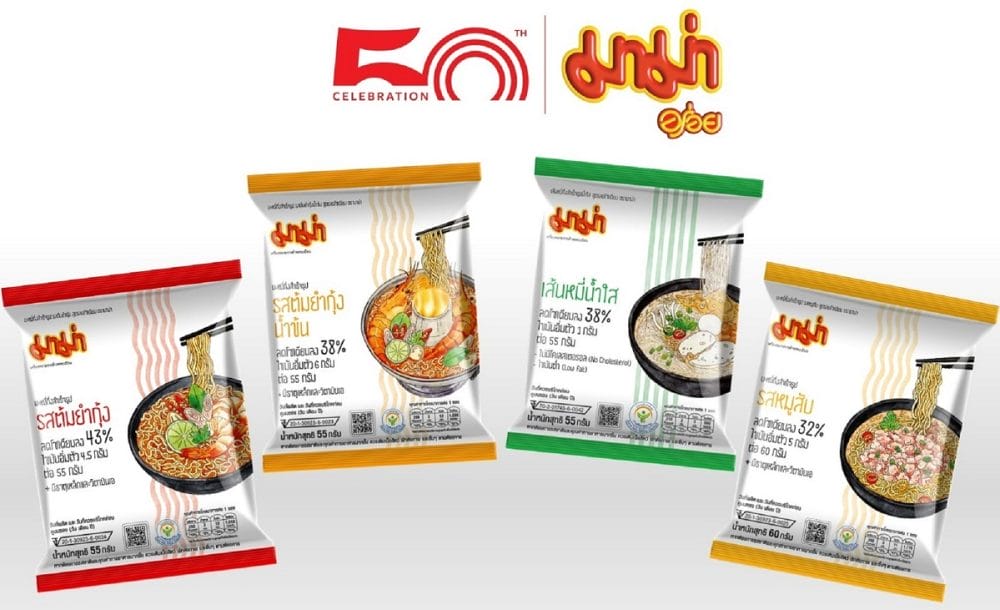
Although Thailand’s new tax towards sodium-heavy products is mostly targeting purveyors of instant noodles, the government has made sure to caution against street-side noodles as well, which are harder to tax. Cook your own noodles at home or frequent kuey tiew shops where the ingredients are known, such
as plant-based Kaek Kao Kua (Facebook: @kaekkaokua), or opt for the newly-released, reduced-sodium Mama noodles (THB 8 per pack), which come in eye-catching white packages and in flavours including minced pork and Tom yum gung.






